Agros
Known for its roses and water
Agros is a village in the Limassol province, it is built at an altitude of 1000 metres and belongs to the geographical region of Pitsilia.
To the south it borders Agios Ioannis, to the southwest to Kato Mylos, to the west to Potamitissa, to the northwest to Agridia, to the north to Polystypos and to the east to Alona and Agios Theodoros.
It is noteworthy that today Agros is a member of Douzelage, a town-twinning association, with one city from each EU Member State. Being a member of this link, Agros is twinned with the other 27 members.
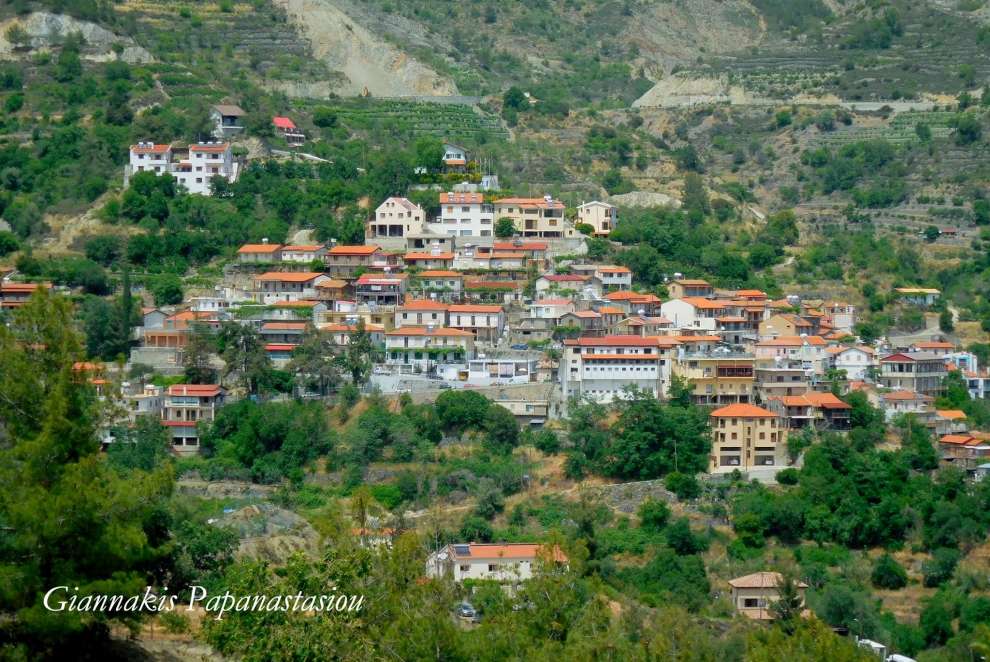 Photo: Giannakis Papanastasiou
Photo: Giannakis Papanastasiou
Historical data and name:
The village of Agros took its name from the Monastery of Megalou Agrou which was built on the site of today's Church, Panagia of Agros. The great icon and abbot of the then Panagia Eleousa monastery, called "Saint Theophanis in the Great Agro", originated in Asia Minor, was condemned and expelled. He was exiled to Samothraki where he died in 817 because he refused to sign the imperial decrees against the icons.
According to tradition, the forty monks who lived with him in Asia Minor, after his death, decided to come to Cyprus. They first lived in a cave in the area of Agros village and then built a new Monastery and named it as their original Monastery of the Great Agrou. In 817 they brought to it the icon of Virgin Mary of Eleousa.
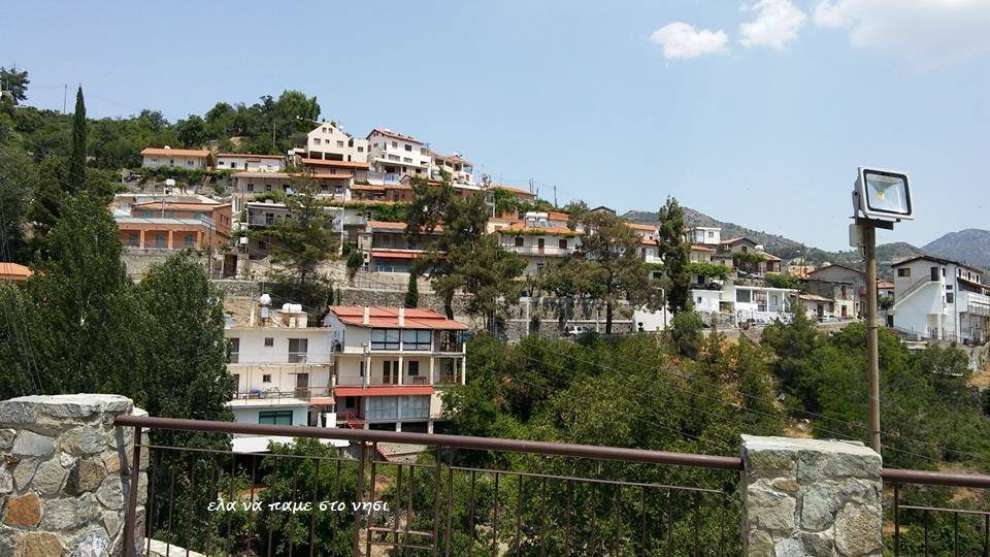 Photo: Ελα να παμε στο νησι
Photo: Ελα να παμε στο νησι
Between the 16th and 17th centuries, a major epidemic in Cyprus fell from the deadly cholera disease and two-thirds of the island's inhabitants died. The inhabitants of the area, to protect themselves from the epidemic, built their homes outside the monastery. Thus the village of Agros was created. In 1894 the monastery was demolished.
Population
In 1881 the Agros numbered 488 inhabitants. Little by little the inhabitants began to grow until 1976, reaching 1310. In 1982 it had 902 while according to the 2011 census the village of Agros had 806 permanent residents.
Churches and Attractions
In Agros there are several remarkable and important churches, such as the church of Panagia Eleousa, built in 1909 in the area once dominated by the "Great Agros Monastery".
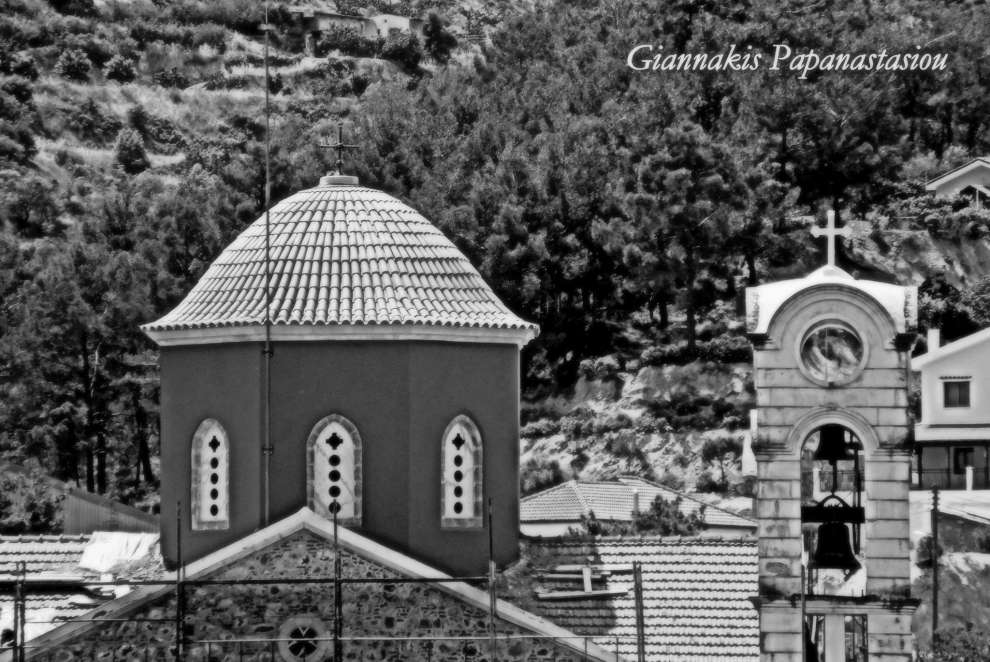 Photo: Giannakis Papanastasiou
Photo: Giannakis Papanastasiou
The Church of Timios Prodromos built in 1860, the church of Agios Gerasimos, a building of 2008 and the church of Agia Kyriaki built in 1992-1993.
In addition, in Agros there is the Fragoulidis Museum, which operated in 2004 in honor of Solon Fragoulidis, one of the most important representatives of the first generation of Cypriot artists and at the same time one of the leading painters and hagiographers of Cyprus. As well as the Eliomyl (Olive Press) of the Church of John the Prodromos Agros, which functions as a museum and in it one can see the olive mill, the press and other tools.
In Agros, dominates the Nearchos Clerides monument by the cauldron, through the well-tended garden. The Nearchus Clerides is one of the prominent forms of Agros, with his excellent work in many fields, such as education, literature, folklore.
Finally, one can visit the three impressive nature trails: Agros Madari, Lagouderas Agros and Agros Down Mill. Like the rose plant, the heroes' hiding places since the liberation struggle of 55-59 as well as old fountains.
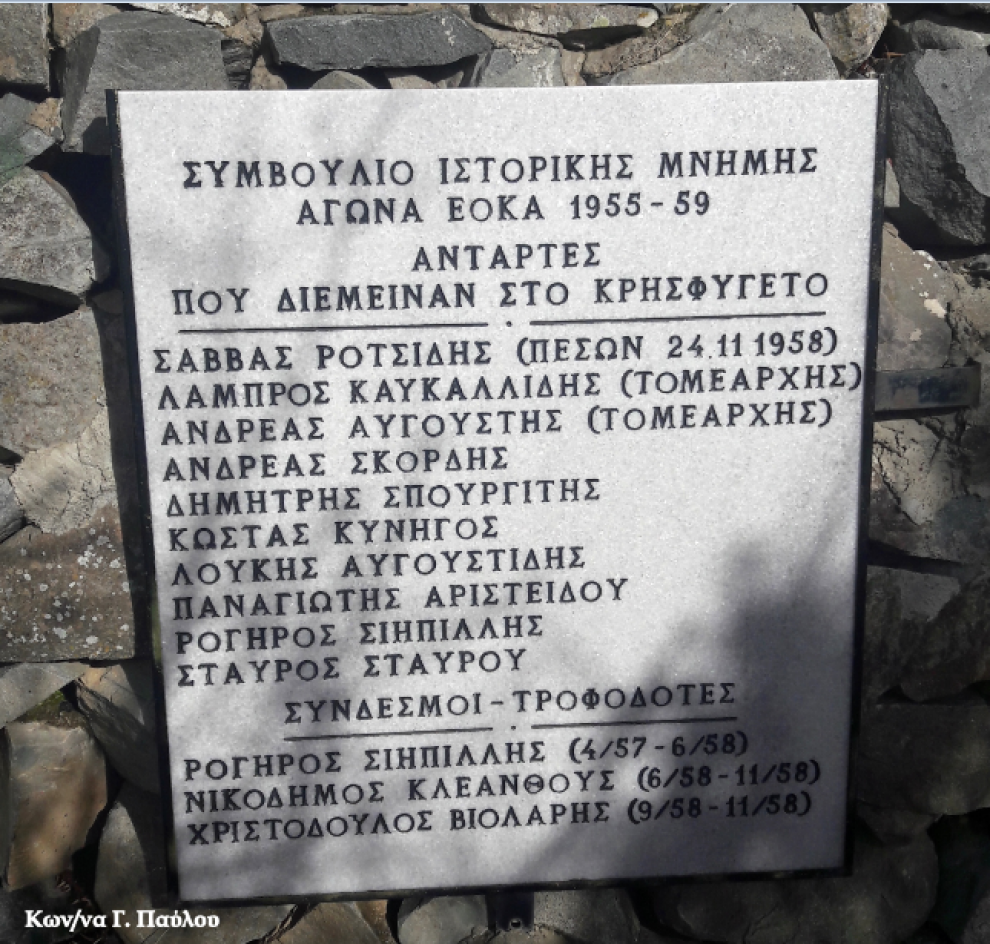 Photo: Κωνσταντίνα Γ. Παύλου
Photo: Κωνσταντίνα Γ. Παύλου
It is worth mentioning that the village has a Kindergarten, Primary School, High School, Agricultural Education Center, Police Station, Post Office, Health Center, Banks, Super Market, Football Field, Indoor Basketball Field and Regional Theater.
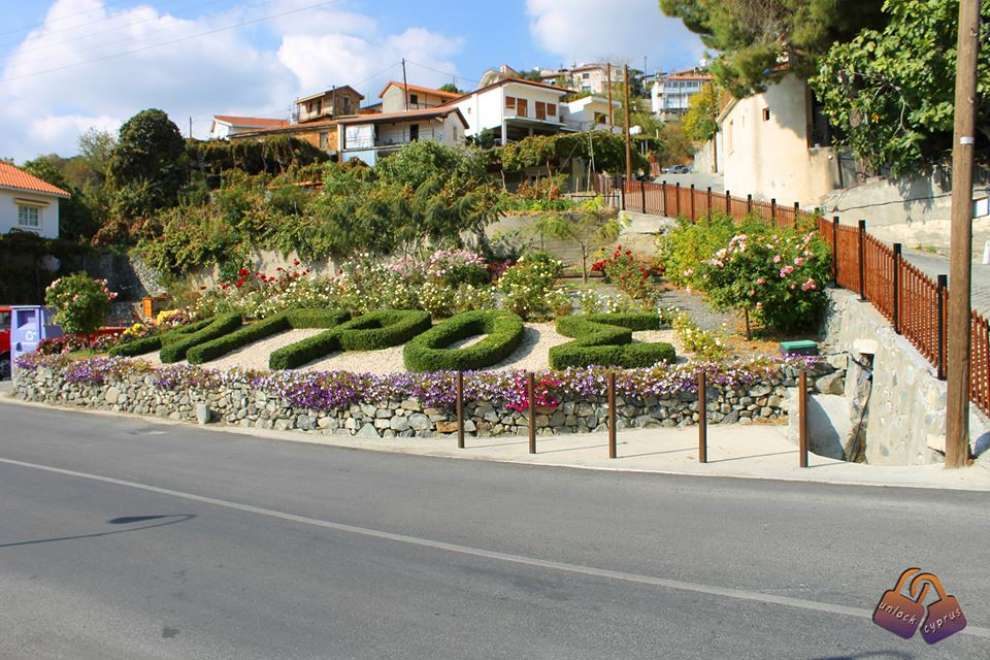 Photo: Unlock Cyprus
Photo: Unlock Cyprus
Occupations and products:
The main production of Agros is grapes, horticultural products, high quality fruits, sweeteners, traditional sausages, lunzas, ham, traditional spoon sweets and jams. Residents also deal with tourism and hotels.
Every year in May, Agros hosts the Triantafillo Festival (Rose Festival).
For the map of the area, click HERE

 English
English
 Ελληνικά
Ελληνικά Русский
Русский
















